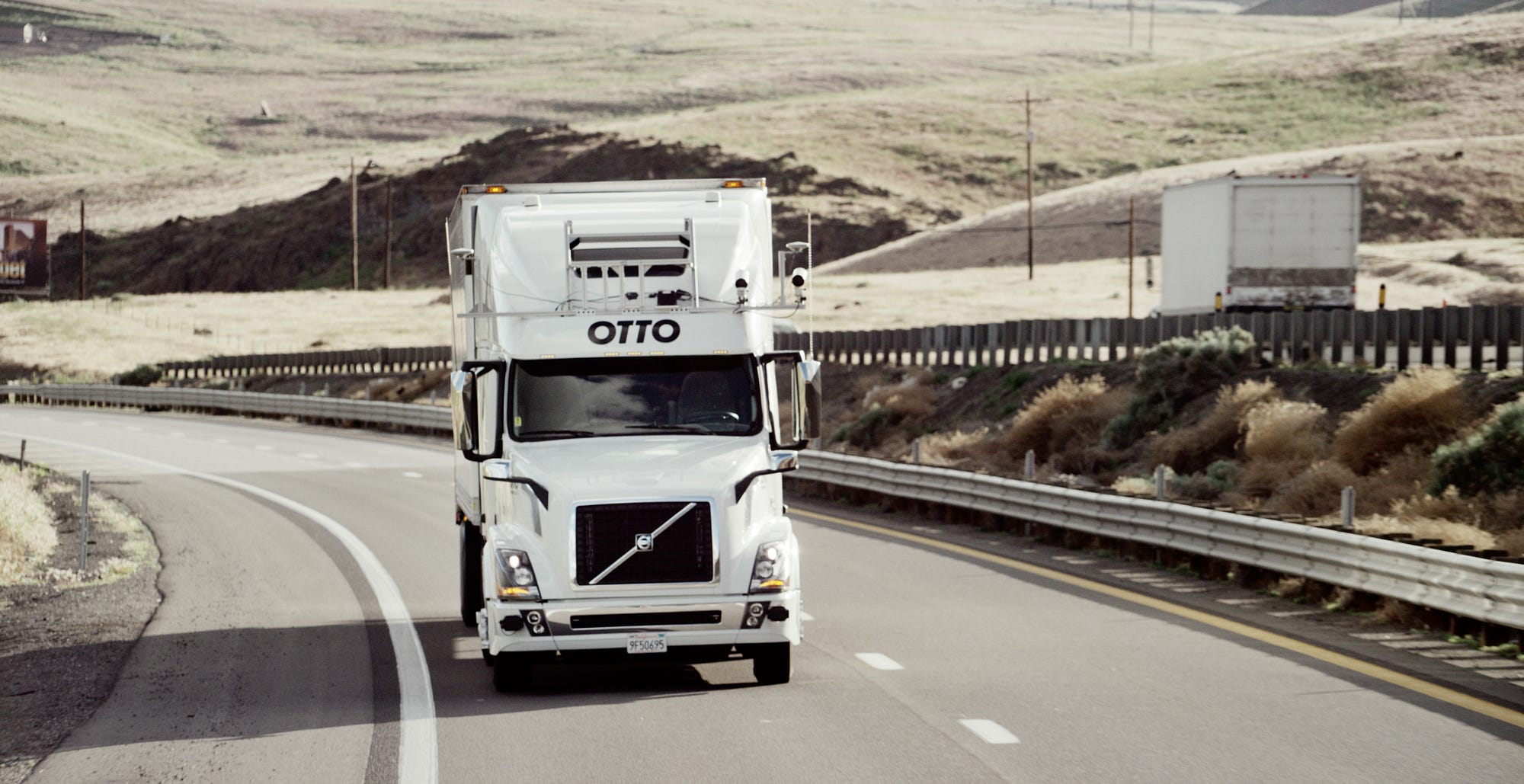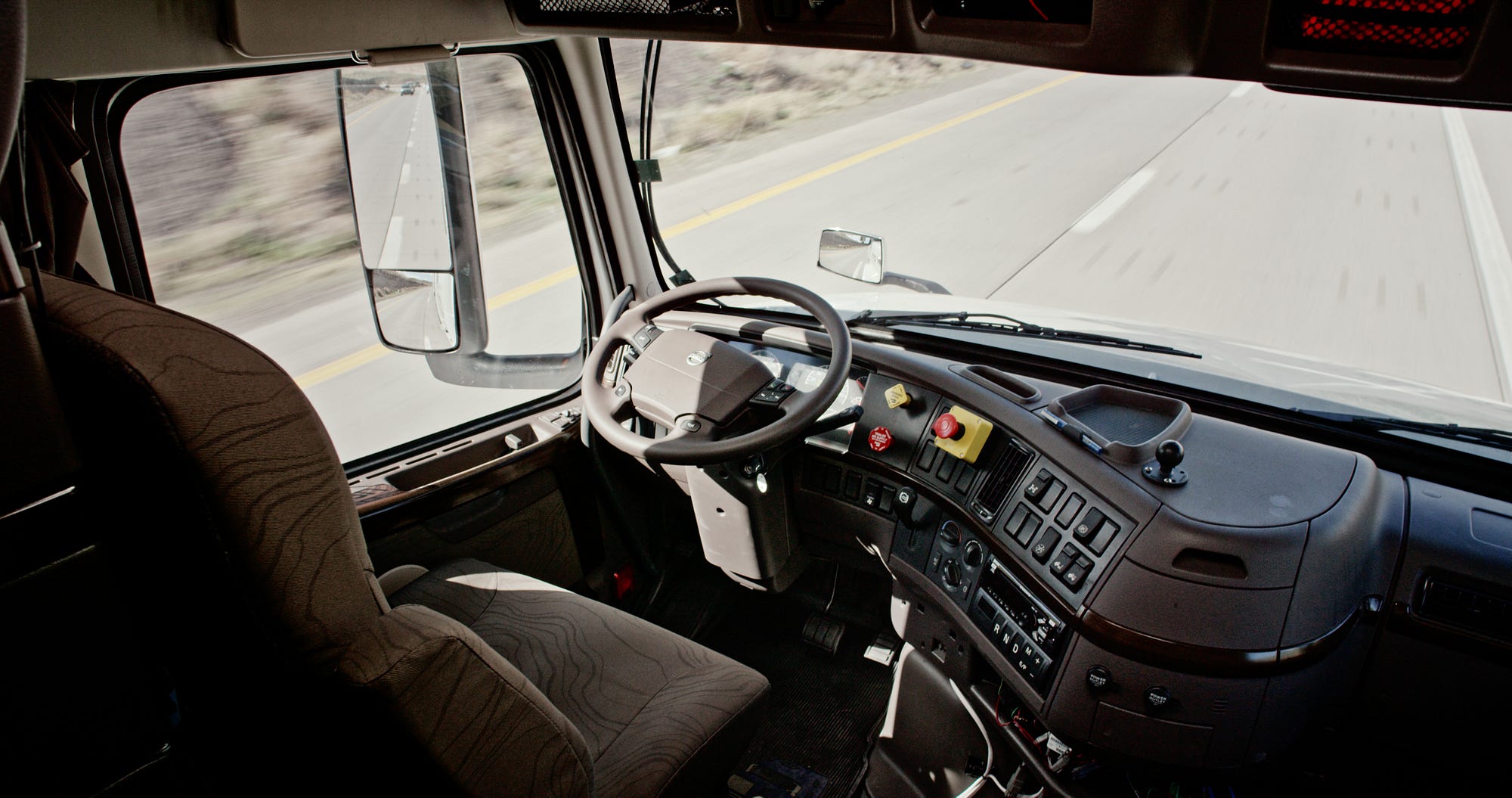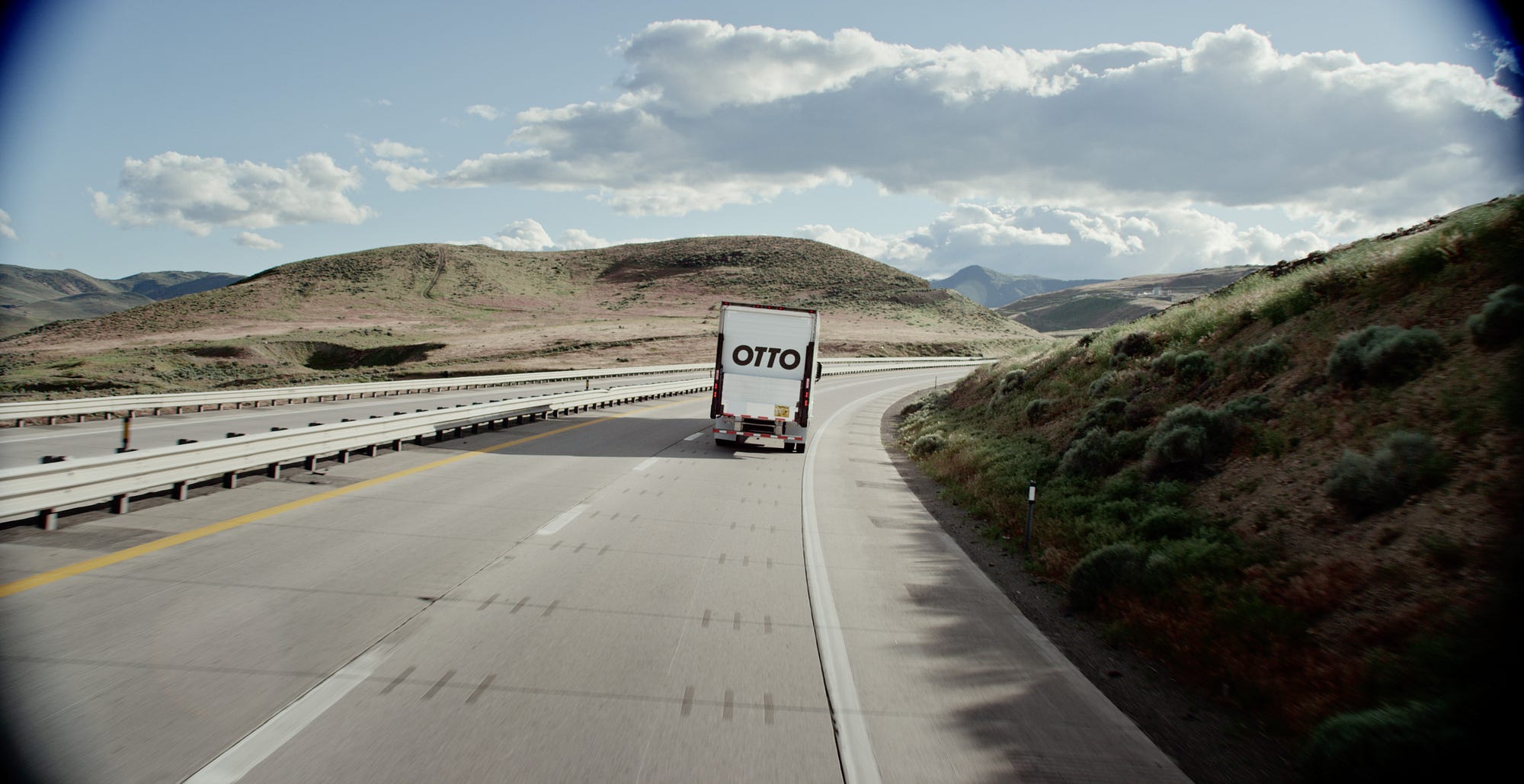As economic centers grow in size and importance, determining their boundaries has become more crucial.
An ever increasing share of the world’s population is living in what are known as megaregions—clusters of interconnected cities. The concept of the megaregion is decades old and fairly easy to grasp, but geographically defining them has turned out to be rather tricky.
Now, researchers have attempted to map the megaregions of the contiguous United States by studying the commutes of American workers.
As megaregions grow in size and importance, economists, lawmakers, and urban planners need to work on coordinating policy at this new scale. But when it comes to defining the extent of a megaregion, they find themselves running into the same problems geographers and cartographers have always had when trying to delineate conceptual areas. Because megaregions are defined by connections—things like interlocking economies, transportation links, shared topography, or a common culture—it’s tough to know where their boundaries lie.
To try to solve this geographical problem, Garrett Nelson of Dartmouth College and Alasdair Rae of the University of Sheffield used census data on more than four million commuter paths and applied two different analyses, one based on a visual interpretation and the other rooted in an algorithm developed at MIT. Their results and maps appear today in the open-access journal PLOS ONE.
The map (left side) shows all the commutes of 50 miles or less (represented by straight lines between the start and end points) surrounding the San Francisco Bay Area, one of the more iconic megaregions in the country. Shorter, higher volume commutes are in yellow, with longer, lower volume paths in red. In this image it’s easy to see that the main centers of work are in cities, including San Francisco, Oakland, San Jose, and Sacramento, and that they are highly connected. (See "A Commuter Revolution: How Cities Are Collaborating to Solve the Challenges of Sustainable Urban Transport")
But where should planners draw the edges of a megaregion encompassing this activity? Which connections are statistically significant? Which are important for regional transit planning? Should they focus on the cities surrounding the bay, or is Sacramento just as important to the Bay Area economy?
For answers to these questions, Nelson and Rae turned to an algorithm-based tool designed by MIT’s Senseable City Lab to mathematically recognize communities. The algorithm only considers the strength of connections between nodes (more than 70,000 census tracts in this case), ignoring physical locations. This made for a nice test of Waldo Tobler’s “first law of geography”: that things that are near each other are more related than those that are farther apart.
The results of the algorithmic analysis took some cleanup and iterations—such as eliminating superlong commutes between places like New York City and Los Angeles and excluding nodes with only very weak connections—to produce a coherent map of plausible megaregions. The difference between the visual and mathematical approaches can be seen in the map above of the Minneapolis-St. Paul area.
In the visual analysis on the left, activity clearly centers on the twin cities and extends outward concentrically, with weaker connections to surrounding cities. But where does the twin-cities megaregion end? Should St. Cloud be included? What about Rochester? In the smaller-scale map on the right, the algorithm assigned a broad swath of smaller surrounding cities, including Fargo, North Dakota, to the megaregion based on commuting paths. Here, the twin cities area shows up as the largest of multiple centers of activity. (See "The City Solution: Why Cities Are the Best Cure for Our Planet’s Growing Pains")
One of the decisions the researchers made was to limit the algorithm to 50 megaregions, which can be seen in the map below, where every node is colored according to the region it belongs to. This made the map more plausible visually. While 50 may sound like an arbitrary number, it makes sense mathematically because a very high percentage of commutes lie entirely within a megaregion relative to paths that cross boundaries between regions.
These algorithmic megaregions are easier to interpret on the map at the top of the post, which shows the connections. There are a few seemingly odd results, such as the sharp boundary that follows the New York-Connecticut state line or the small, splotchy green megaregion that floats between Birmingham and Dallas. Clearly, by ignoring geographical information and having no understanding of the country’s cultural character, the statistical method didn’t get everything right.
So Nelson and Rae combined the two methods to draw final boundaries around the country’s megaregions. They started by drawing lines around the dots on the map above. They then overlaid those shapes on the flow map at the top of the post and reinterpreted the boundaries to eliminate outliers and emphasize geographic continuity. The result is the map below, which eliminates some visual oddities. For example, the splotchy green area has been absorbed by the New Orleans-Delta megaregion, and a big swath of the west with relatively low population isn’t included in any megaregion.
The researchers hope their approach is a first step to a better grasp of the economic geography of the country. The map is clearly a work in progress, and some areas still don’t look right—the division of the New York City tri-state area into two megaregions, for example. And I’m not convinced the Bay Area-Sacramento megaregion where I live should extend all the way to Nevada. Does the map assign your home and workplace to a megaregion that makes sense to you?


















 Photo credit: Otto
Photo credit: Otto Photo credit: Otto
Photo credit: Otto Photo credit: Otto
Photo credit: Otto


